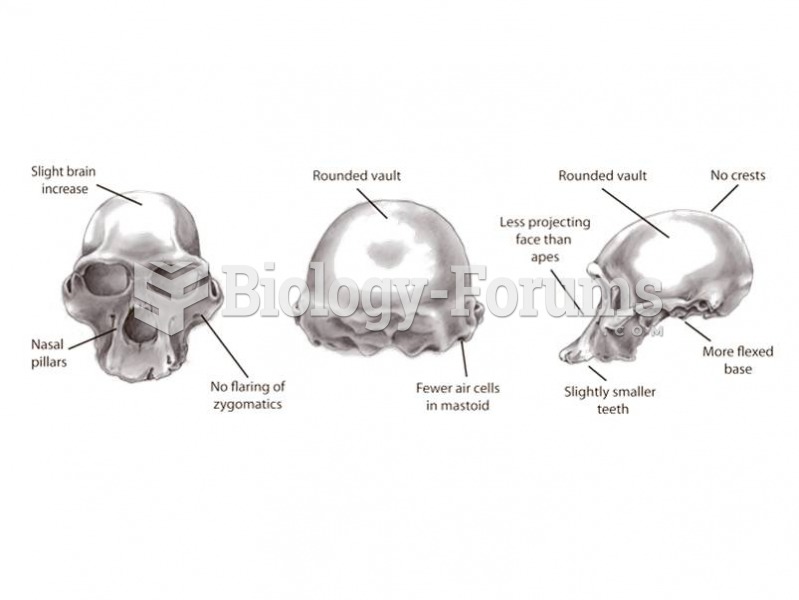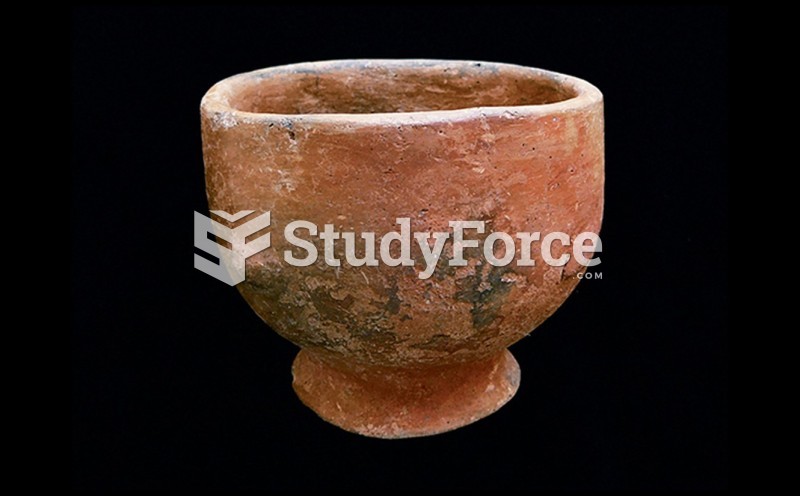Answer to Question 1
In contrast to medieval architecture, which directs the gaze upwards, early Renaissance structures are inherently earth-bound, and so capture the whole and the parts in harmony. This harmony can also be identified in the incorporation of scientific discoveries on perspective and other features of observation of natural world.
Early Renaissance architects used the Classical principles of clarity, symmetry, and order, arriving at a unity of design. For example, the Florentine Alberti argued that architectural design should proceed from the square and the circle, the two most perfect geometric shapes. This proposition was the guiding precept for all Alberti's buildings. Renaissance architects, such as Alberti and Brunelleschi, espoused the Hellenic theory that the human form mirrored the order inherent in the universe. Accordingly, the study of nature and the understanding and exercise of its underlying harmonies put one in touch with the macrocosm. Rational architecture, reflecting natural laws, would help to cultivate rational individuals.
Answer to Question 2
The period of the Renaissance was based on a backward-looking scholarly movement, which built upon old classical texts and artistic models from ancient Greece and Rome. This movement, known as Classical humanism, became the foundation from which all the Renaissance artists built upon. Perhaps most importantly, the Classical principles of symmetry and proportion influenced all Renaissance arts, from painting, to sculpture, to architecture and music.
For example, the revitalization of the nude in Renaissance art reflects the classical attention to correct anatomical proportions and contrapposto stance. Donatello's David was inspired by the classical statuaries of Rome, for instance, where he studied. The gently detailed proportions of Renaissance nudes stood in stark contrast to the medieval representations of the human body as a vehicle for sin; instead, the Renaissance nude praised the body as an object of pleasure.






